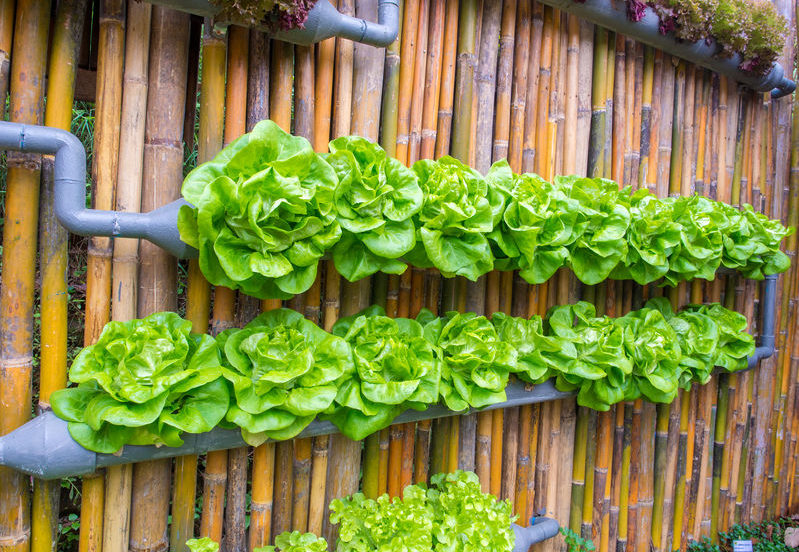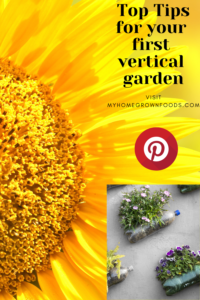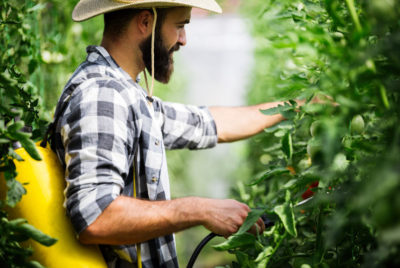Top Tips For Your First Vertical Garden

Do you have a green thumb, yet no room to garden around your home? Sometimes we find space limited in the city or in apartments. However, just because space is limited, doesn’t mean you are prevented from growing fruits and vegetables. Rather than just growing out of your garden, what if you just grew up? A vertical garden is a growing trend and a good one at that.
It allows for a good amount of veggies and fruits to be grown in a space that is otherwise limited. Create your own colorful garden in your home, on your porch, or even on the balcony. You are able to enjoy the benefits of gardening, with the convenience of vertical gardening., while having little space to utilize. Keep reading to learn more about vertical gardening.
Sunlight Access
First, if you are creating a vertical garden, you must assess the chosen location’s sunlight. You need to know how much sunlight you have access to in order to determine what you should grow. Ideally, if you already have a crop you wish to grow that is in need of a mass of sunlight, you should probably focus on locations with the amount of sunlight you will need. If you find yourself with low light conditions, you can find plenty of different veggies and fruits. You can still grow with lighter sunlight areas.
Choosing What You Should Grow
Once you have determined how much sunlight you can provide a garden, you can now choose what you want to grow. If you have a low-light condition, leafy green vegetables and crops that are sustainable during cold weather are your best bet. However, with good sunlight conditions, you are not very limited to what you can choose to grow in your vertical garden.
Which Type of Vertical Garden
Once you have figured out what exactly you are going to grow, it is now time to figure out how to grow it. Meaning, what type of vertical garden are you going to utilize? Have a look at a great Indoor Vertical Garden option here. Some vertical gardens use hanging baskets, while others are fashioned out of untreated pallet wood. Shelves can also be installed on the side of your home, creating a garden of vertical containers. You could also try trellises if you are focused on growing viney plants such as tomatoes or cucumbers naturally. Be as creative as you can be.
Like this article? Pin it to Pinterest:

Planting and Maintaining Your Plants
One of the similarities, and possibly one of the most important steps of vertical gardening is the process of actually planting your crops and regularly caring for them with food and water. Air can dry out the roots of many plants, so when you use hanging baskets, watering is an especially important part. As a matter of fact, using hanging baskets makes watering the most important task of gardening with this method. Tomatoes, for example, require more water when planted in a vertical gardening system, as opposed to being planted in the ground. Check out some Natural Pesticides or read this article about Natural Pest Control Methods
Reap Your Rewards
The tastiest of our tips for your first vertical garden is to harvest the bounty of your hard work and enjoy the taste. It isn’t unusual to find vertical gardening more successful than traditional methods. Many gardeners even report fewer dead plants and more of yield to what they grow. You also avoid the risk of certain pests that dwell on the ground, which reduces the amount of pesticide you need to care for your plants successfully.
While you may have a lack of space for gardening, you should be discouraged about it. Just take up vertical gardening and start your garden today!



